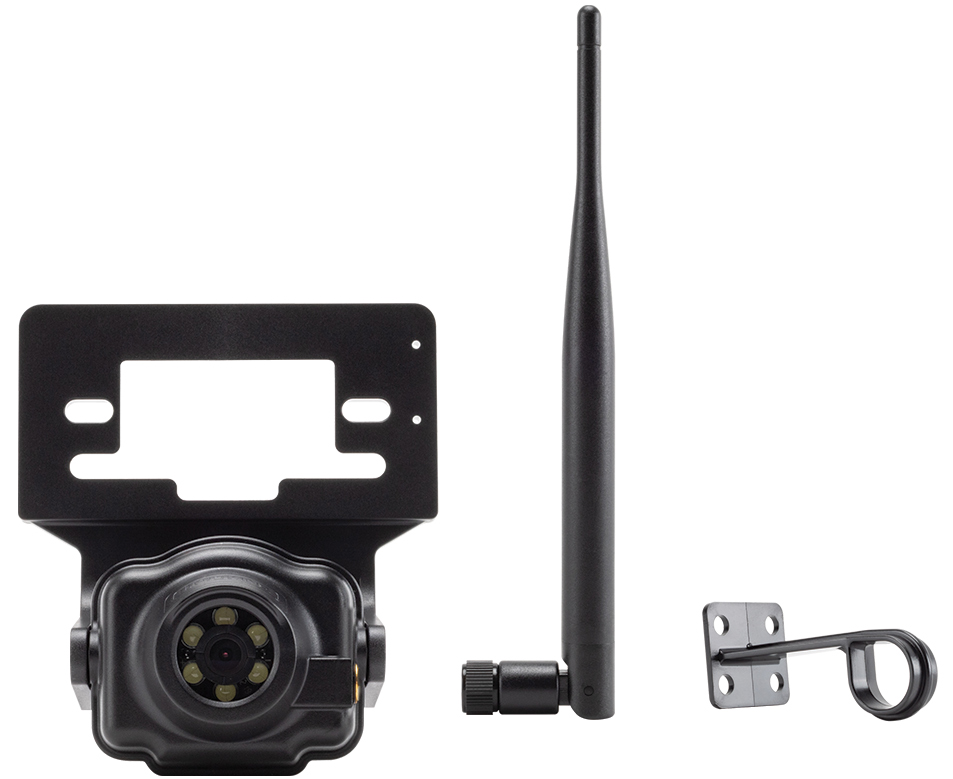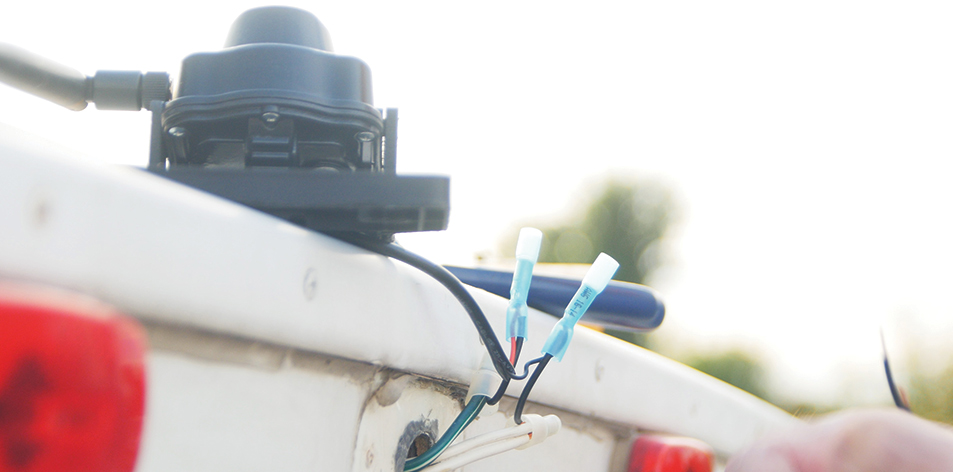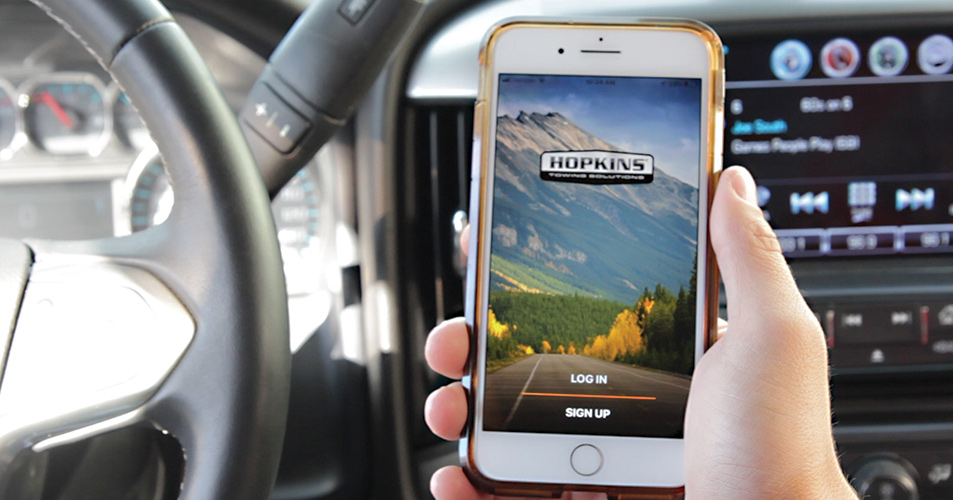Adding a Rearview Camera to Your RV is an Easy Way to Prevent Mishaps

Unfortunately, while rearview camera systems have been a part of all new cars, trucks and vans weighing less than 10,000 pounds since 2018, they haven’t yet been required equipment for RVs. It stands to reason, however, that if such a system will aid a driver when backing up a 16-foot-long Toyota Corolla, it would prove invaluable when reversing direction in a Ford F-150 pickup towing a 30-foot-long travel trailer.

Aftermarket rearview camera systems are available in a number of permutations, and while some are hardwired into the tow vehicle or motorhome, the more popular systems transmit wireless signals between the camera and monitor. Some wireless systems utilize Bluetooth technology while others operate through an established Wi-Fi signal.
One of the easiest to install is the VueSmart system from Hopkins Towing Solutions. It consists of just four main parts — the camera and universal mount, the antenna and its mount — along with the requisite installation hardware. There’s also an app for Android and Apple smart devices, necessary because the VueSmart intentionally does not include a monitor. For communication, the VueSmart utilizes Wi-Fi technology to connect the camera to the screen of your smartphone. According to the company, the signal was extensively field-tested and is capable of transmitting far in excess of the longest tow vehicle/fifth-wheel combination — and once the app is downloaded and an Internet connection is established, venturing out into terrain without Internet service doesn’t present a problem; the camera has its own Wi-Fi built in and will continue to transmit when powered on. The camera also can be activated at any time during travel through the intuitive app to view situations behind the trailer.



Said to be waterproof, the VueSmart (which retails for about $150) is engineered to fit within the existing mounting location for the top center clearance light at the back of the unit. For power, the camera taps into the clearance light’s 12-volt DC power supply (clearance lights must be on to activate the camera). The camera and clearance light share the supplied universal mounting bracket, the antenna is installed and the app is downloaded. It really is that easy.
Already a Subscriber? Click here for Access to the Full Issues.

